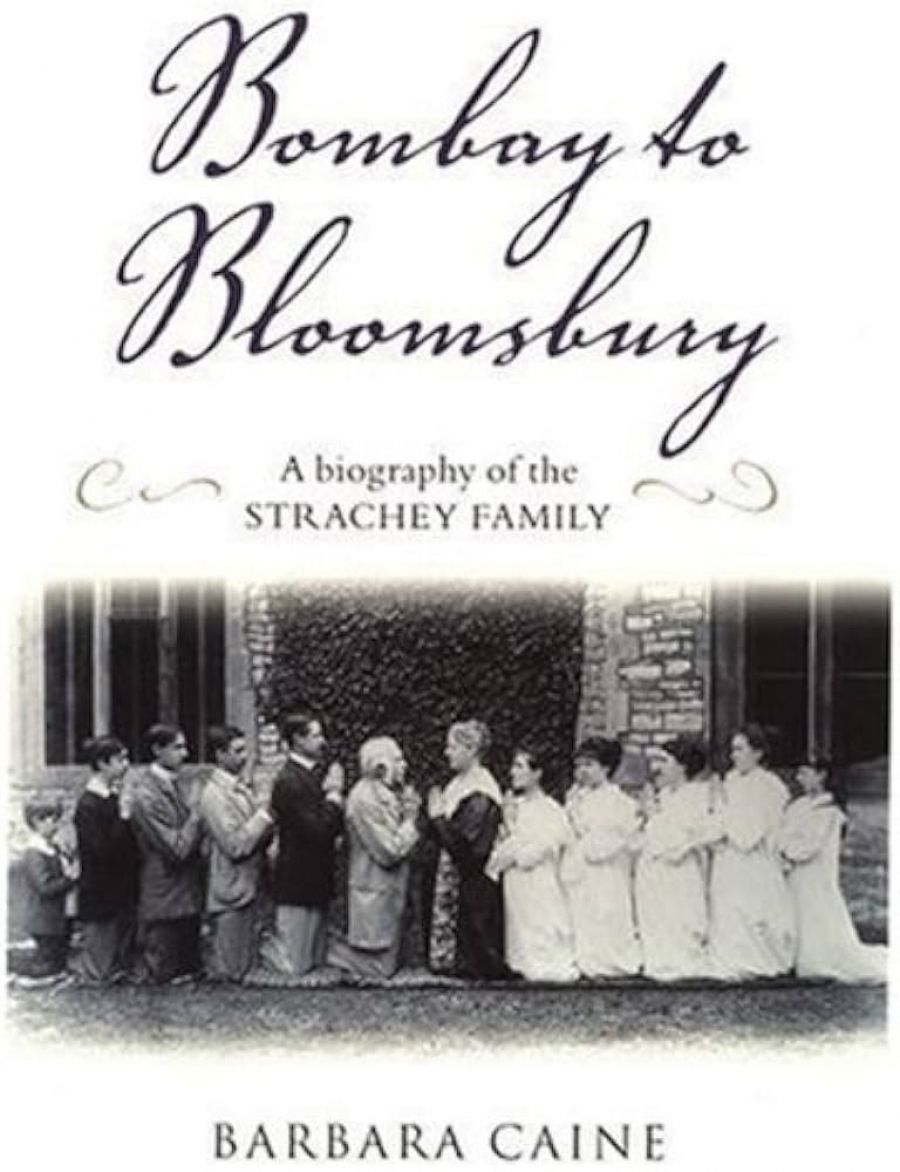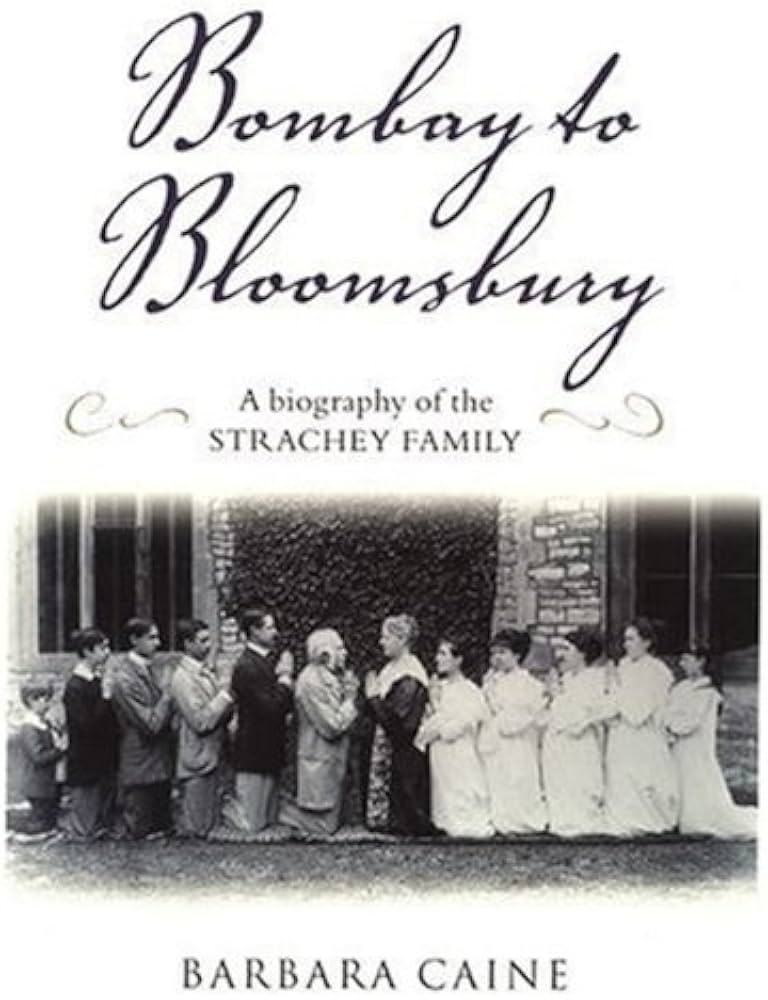
- Free Article: No
- Contents Category: Biography
- Review Article: Yes
- Article Title: Calling a sperm a sperm
- Online Only: No
- Custom Highlight Text:
A full-blown history of sperm can’t be too long in the coming given the current academic vogue for studies of the body, and the huge spurt of curiosity prompted a few years ago by the appearance of a couple of tell-tale stains on the dress of a White House intern. It is possible the subject (or the object) first came into its own as a more than private matter when, nearly a hundred years ago, Lytton Strachey spotted a similar stain on the dress of his just-married friend Vanessa Bell and dared to name it in the mixed company of his assembled friends, the legendary Bloomsbury group in its embryonic days. ‘Semen?’ he enquired, with forensic candour, and forever after, so the legend goes, the group would never recoil from calling a sperm a sperm. ‘With that one word all barriers of reticence and reserve went down … Sex permeated our conversation. The word bugger was never far from our lips.’ So recalled Vanessa’s sister, Virginia, about a decade and a half later, when she had long since become the wife of Leonard Woolf and was already on the way to becoming one of the twentieth century’s most famous novelists and pin-up feminists.
- Book 1 Title: Bombay to Bloomsbury
- Book 1 Subtitle: A biography of the Strachey family
- Book 1 Biblio: OUP, $69.95 hb, 488 pp
- Book 1 Cover Small (400 x 600):

- Book 1 Cover (800 x 1200):

Of the Woolfs, it seems, we can never get enough. Closely following on their recent reincarnation (with nose jobs) in the film of Michael Cunningham’s novel The Hours, Virginia and Leonard are to be the subjects of new books by Julia Briggs and Victoria Glendinning, respectively, when you would have thought, in Virginia’s case at least, that the biographical field had been tilled to exhaustion point. Until now, the Stracheys have been relatively neglected. Lytton, the most flamboyant of the family, and a prolific biographer in his own right, provided the perfect subject for one of the greatest biographies of last century, written by Michael Holroyd and first published in 1968. But the rest of the brood, while not sidelined, played a necessarily minor part in this study. It is a tribute to Barbara Caine’s acuity that, nearly forty years on, she has spotted the gaps in the Strachey annals and, without sidelining Lytton, persuades her readers of the comparable significance of his forbears, siblings and in-laws in a wide range of endeavours: imperial service in India, scientific research, political rights for women, psychoanalysis and academic administration, as well as those quintessentially ‘Bloomsbury’ concerns with human (particularly sexual) relations and the arts.
The book’s structure is not chronological or based on a succession of individual biographies, but thematic. The themes are partly announced in the chapter titles, some of which also proclaim the author’s strongly feminist colours and perspectives. There is some (at times avoidable) repetitiveness in background detail each time a new theme is introduced, and a degree of anachronism in their labelling (would any Victorian or Edwardian feminist have recognised the term ‘Gender Transformations’ as Caine uses it here?). But in general, her approach seems the neatest and most pertinent for bringing out the versatility of the family’s endeavours over time and for conveying the historical significance of such endeavours beyond personal achievement and contemporary understandings.
One recurrent and unifying theme is the way in which the example of the Strachey family, considered over generations, complicates our – and their – senses of the terms ‘Victorian’ and ‘modern’, and the all-too-ready discriminations made between these categories. You may have cause to quibble with some of the author’s elaborations on this theme, but you could never doubt her integrity and assiduousness as a scholar, nor the fairness of her particular feminist stance.
For my money, she leans too heavily on a single secondary source (post-Holroyd) in assessing the progressiveness or otherwise of Lytton Strachey’s sexual disposition. Duly quoting (as I have done above) Virginia Woolf’s recollection of that seminal moment in the early days of Bloomsbury, she keeps reiterating an argument of one Julie Taddeo, in Lytton Strachey and the Search for Modern Sexual Identity: The Last Eminent Victorian (2002), to the effect that, while Lytton’s pronouncements on sex would have seemed shockingly modern to his parents’, if not his own, generation, his actual sex life was if anything more restrained than theirs, and fraught with continual frustration as a result of high ideals or impossibly exotic fantasising. There is some evidence for this view, but there is also enough counterevidence to suggest a richer, riper story. From correspondence and anecdotes, we know – as much as any outsiders to other people’s intimacies can possibly know – that there were plenty of occasions and opportunities for Lytton to pay rather more than lip service to buggery. To her credit, Caine doesn’t fail to adduce titbits of evidence – ‘sexual relationships’, ‘mild flings’, ‘an Eton boy going to his bedroom’ – that allow for a less austere interpretation than her own.
More generally, she seems to retain a fondness without favouritism for all the Strachey family, of whichever ‘gender’, and through all their ‘transformations’ or permutations, whether heterosexual, homosexual, asexual or something in between. (There’s an increasing tendency to this in-between category among the younger ones, for which the term bisexual seems not quite right, too active. At the risk of another anachronism – or neologism – may I offer ‘homoerratic’?) She can unflinchingly criticise both the men and the women for their limitations and excesses – the tendencies of Lytton and, even more, his brother Oliver, to misogyny, for instance – but throughout all this there remains an underlying respect for their achievements and also a poignant sympathy for those of the siblings (feckless Dick, daffy Marjorie) who remained non-achievers by the family’s general standards.
As announced on the back flap of the jacket, Caine is Professor of History at Monash University and formerly the founding director of Women’s Studies at the University of Sydney. The text never pretends to be other than academic and feminist in its appeal or its perspectives, and, while in her mature, scrupulous hands there’s every reason to be proudly assertive of these things, it is a matter of some regret that she or her publishers did not take a few more pains to secure the wider audience that the subject deserves – and could surely attract. (Consider the cult success of Holroyd’s Strachey saga.) More sensitive editing might have curtailed not only the repetitions but also the over-elaborate signposting of arguments or source materials, and it might have removed some of the less than elegant phrases. (Why the insistent adjective ‘familial’ when ‘family’ would more than suffice?)
When academic good manners start turning into gratuitous mannerisms, there’s a risk of stopping more general readers in their tracks. I hope this doesn’t happen in the case of this book. Most of it remains eminently readable. It brings together a huge mass of scattered material for the first time. It disinters some rich gems of contemporary quotation and rehearses some very funny but also very pertinent anecdotes that, even if well-known, are given a fresh significance. In today’s chill academic climate, Bombay to Bloomsbury is an encouraging reminder of what historians based in Australia can still achieve in an international field. It’s just sad that twenty years ago we could have taken this for granted.


Comments powered by CComment